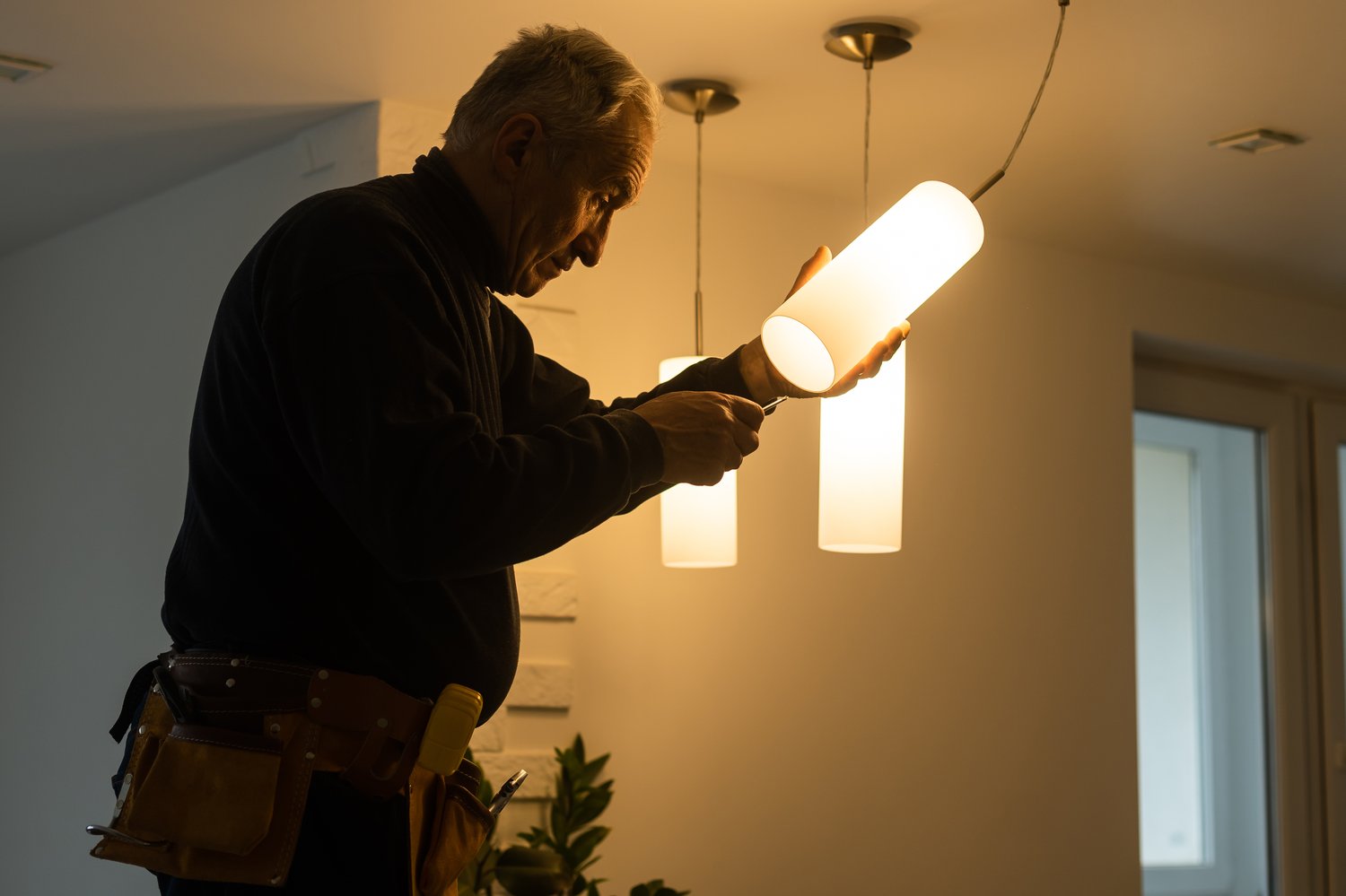Understanding different types of Light fixtures
Light fixtures come in various styles and designs. They can be categorized into ceiling, wall, and floor-mounted options. Ceiling fixtures include chandeliers, pendants, and flush mounts. Wall fixtures encompass sconces and vanity lights. Floor lamps and table lamps round out the selection. Each type serves a specific purpose and can dramatically alter a room’s ambiance. Light fixtures not only provide illumination but also act as decorative elements. They can be made from materials like metal, glass, or plastic. The choice of fixture depends on the room’s size, ceiling height, and overall decor theme.
The importance of proper lighting in different spaces
Proper lighting is crucial for creating a comfortable and functional living environment. In kitchens, task lighting under cabinets can improve food preparation areas. Living rooms benefit from a combination of ambient and accent lighting to create a cozy atmosphere. Bedrooms require softer, dimmable lights for relaxation. Bathrooms need bright, even lighting around mirrors for grooming tasks. Outdoor lighting enhances security and curb appeal. The color temperature of light, measured in Kelvins, affects mood and productivity. Warmer lights (2700-3000K) are suitable for living areas, while cooler lights (4000-6500K) work well in workspaces.
Advantages of LED technology in modern lighting solutions
LED technology has revolutionized the lighting industry. LEDs consume up to 75% less energy than traditional incandescent bulbs. They have a longer lifespan, lasting up to 25,000 hours or more. This reduces replacement frequency and associated costs. LEDs emit less heat, making them safer and more comfortable in enclosed spaces. They offer instant-on capabilities without warm-up time. Many LED products are dimmable, allowing for customizable lighting levels. LED panel ledvance fixtures provide uniform, glare-free illumination ideal for offices and commercial spaces. LEDs are available in a wide range of color temperatures, from warm white to daylight.
Smart lighting systems for enhanced control and efficiency
Smart lighting systems offer unprecedented control over home illumination. These systems can be controlled via smartphone apps or voice commands. They allow users to create custom lighting scenes for different activities or moods. Many smart bulbs can change colors, offering millions of hue options. Scheduling features enable automatic on/off times, simulating occupancy when away. Some systems integrate with motion sensors for energy-saving automation. Smart lighting can be part of a larger home automation ecosystem. It can sync with other smart devices like thermostats and security systems. Energy monitoring features help users track and reduce electricity consumption.





